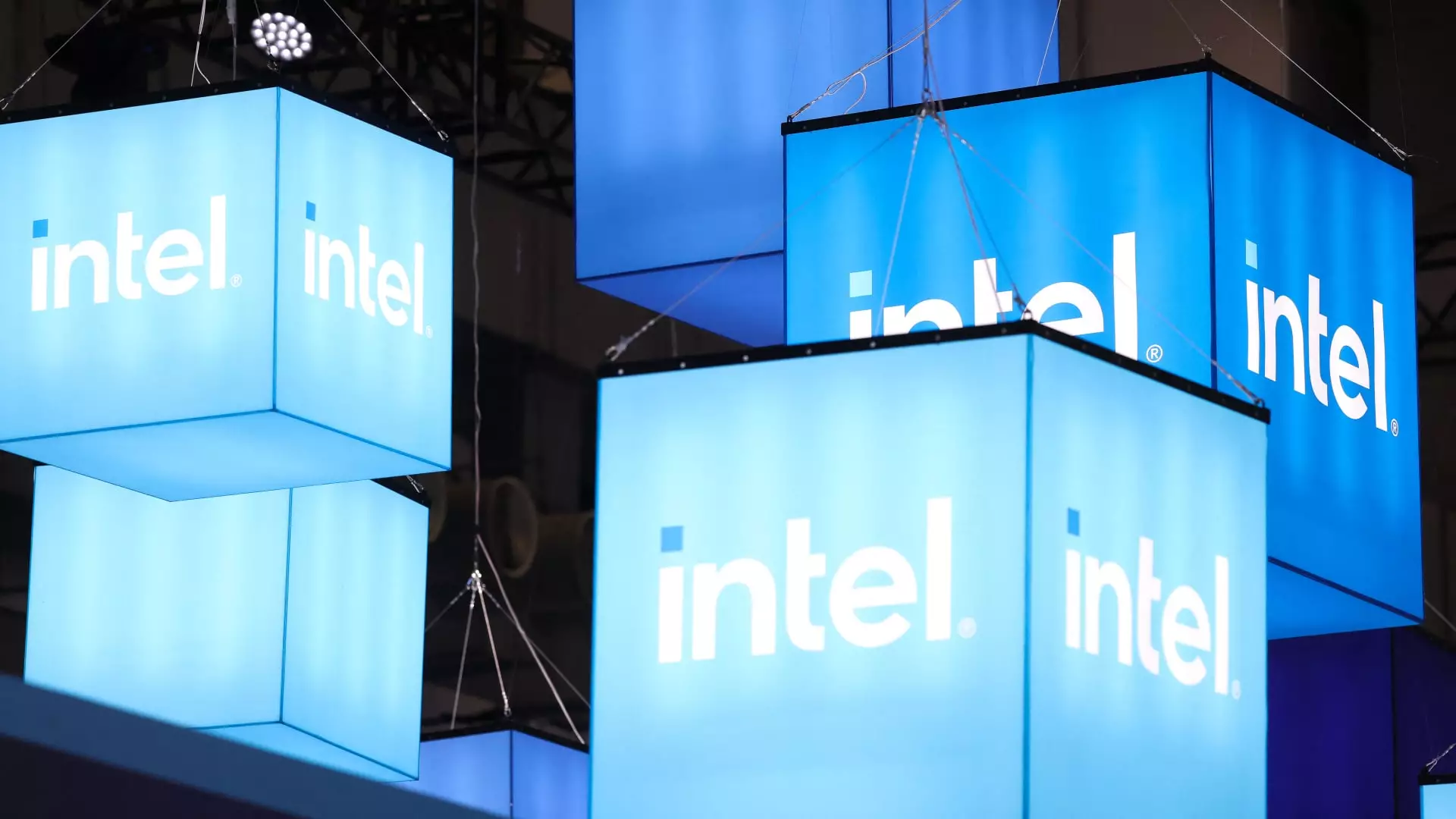In the ever-evolving world of stock trading, certain companies consistently capture the market’s attention based on their performance, news updates, and strategic decisions. This article aims to illuminate the top gainers and losers making headlines in recent midday trading, providing insight into their operational successes and challenges as well as broader market trends.
Cardinal Health has emerged as a significant player, gaining 5.5% and setting a new 52-week high, primarily due to impressive earnings for the first fiscal quarter. The company reported earnings of $1.88 per share, significantly outperforming the expectations set by analysts, which predicted $1.62 per share. Additionally, Cardinal Health exceeded revenue expectations, posting $52.28 billion against anticipated figures of $50.90 billion. This robust performance reflects the company’s ability to navigate challenges within the healthcare sector, ultimately leading to an optimistic revised earnings outlook for fiscal 2025.
Meanwhile, Boeing’s shares rose by 3.4%, attributed to a new contract agreement with the machinists’ union, concluding a protracted seven-week strike. This contract promises workers a 38% pay raise over the next four years, surpassing a prior offer of 35%. Such negotiations not only aim at maintaining labor peace but also reflect Boeing’s commitment to addressing employee concerns amid ongoing operational hurdles. The resolution of labor disputes is critical in enhancing productivity and stabilizing production timelines—a vital need for the struggling aerospace giant.
Intel’s impressive 9% share price increase following their third-quarter earnings announcement highlights the company’s successful adaptation to a competitive semiconductor market. With adjusted earnings of 17 cents per share and revenues of $13.28 billion, Intel has demonstrated resilience, even despite industry challenges. Similarly, Amazon’s 6% surge post-third-quarter results showcases the enduring appeal of e-commerce and cloud services. Amazon Web Services achieved a remarkable 19% growth year-over-year, indicating a strong position in an increasingly digital economy.
In contrast, Apple experienced a slight decline of 1.5%, despite beating top and bottom-line projections for their fiscal fourth quarter. Notably, the company’s net income decreased partially due to a one-time charge linked to a tax decision in Europe, underscoring the complexities corporations face in international finance. This result sends a mixed message about Apple’s overall growth trajectory, reminding investors that not every earnings report leads to an uptrend.
Atlassian has demonstrated remarkable resilience in the software industry, soaring by 19% after announcing better-than-expected quarterly results for the fiscal first quarter. Reporting earnings of 77 cents per share on revenue of $1.19 billion, the company not only met but exceeded analyst forecasts, which had anticipated 64 cents and $1.16 billion, respectively. Furthermore, Atlassian’s upwards adjustment to its full-year revenue growth forecast signals continued confidence in its operational strategy and product demand.
On the flip side, Trump Media & Technology Group saw a drastic 12% drop in its stock as investor sentiment shifted, possibly in anticipation of the forthcoming presidential election. Coupled with a previous 22% decline, this volatility underscores the uncertainty present in media stocks tied to politically-charged entities. Such fluctuations are indicative of broader apprehensions surrounding market stability and investor confidence.
Charter Communications experienced a substantial share price increase of over 13% following their adjusted third-quarter EBITDA of $5.65 billion. This figure surpassed analyst estimates, supporting a bullish outlook in the telecommunications market. The fundamental strength of their quarterly revenue—$13.80 billion—demonstrates their competitive edge in an ever-crowding industry.
As we dissect these stock movements, it’s evident that the market remains highly responsive to economic indicators, corporate performances, and the ongoing influence of global events. Companies like Cardinal Health, Boeing, and Intel are capitalizing on strategic victories, while others like Apple and Trump Media illustrate the challenges inherent in today’s dynamic market.
Investors must stay attuned to these market fluctuations, as they not only reflect company health but also broader economic trends, allowing for informed decision-making in their investment strategies. Midday trading is a microcosm of the intricate dance between opportunity and risk, underscoring the need for vigilance in today’s complex financial landscape.

